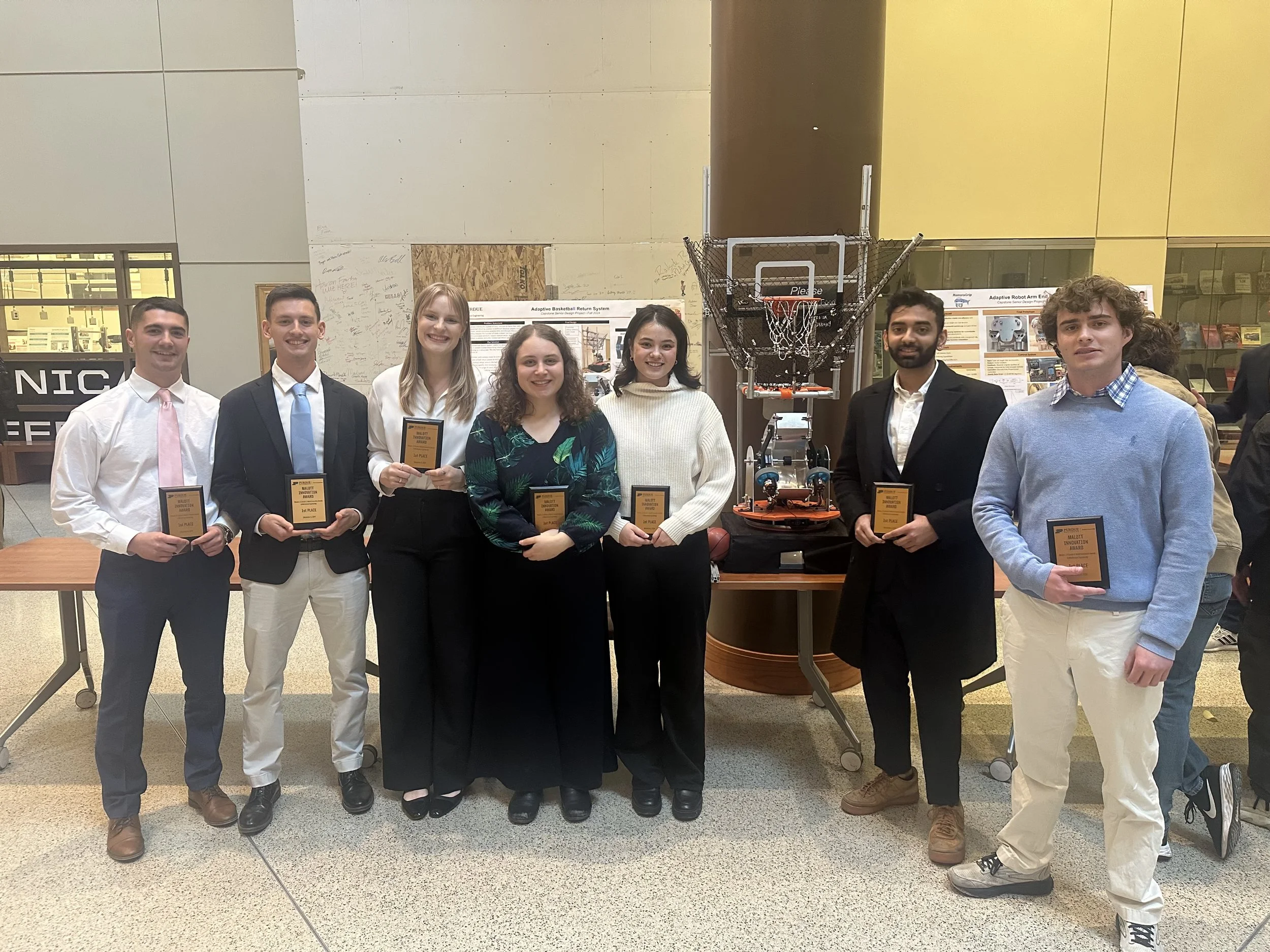"Three-dimensional shape measurement using a structured light system with dual projectors", Appl. Opt., (2018)
/[113] C. Jiang, B. Lim and S. Zhang, "Three-dimensional shape measurement using a structured light system with dual projectors," Appl. Opt., 57(14), 3983-3990(2018); doi:10.1364/AO.57.003983
This paper introduces a structured light system with two projectors and one camera for three-dimensional (3D) shape measurement to alleviate problems created by a single projector such as the shadow problem. In particular, we developed (1) a system calibration framework that can accurately calibrate each such camera-projector system; (2) a residual error correction method based on the system error function; and (3) a data fusion method utilizing the angle between the projection direction and surface normal. Experimental results demonstrate that the proposed dual-projector structured light system improves the measurement accuracy besides extending the measurement range of a single projector system.



